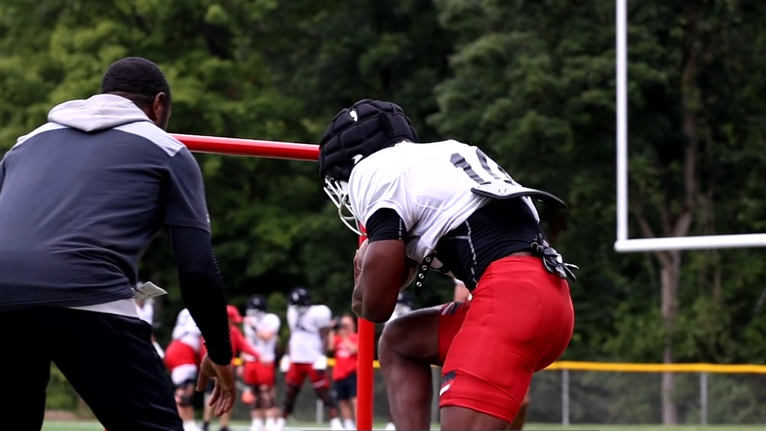Prevalence of Sports Injuries in the United States
According to the National Safety Council (NSC), in 2021 sports and recreation accounted for more than 3.2M injuries in the U.S. Exercise equipment contributed to the most injuries at 409,224, followed by bicycles (375,797), basketball (259,779), skateboards/scooters (245,177), and unsurprisingly, football (222,086) to round out the top five.
Bruises, muscle and ligament strains, bone fractures and joint dislocations can all be results of misuse or overuse of certain areas of the body. Some of the most common sports and recreation-related injuries include tennis or baseball elbow, lumbar strain, jumper’s knee and runner’s knee.
Another common injury is an anterior cruciate ligament (ACL) sprain or tear, affecting an estimated 300,000 individuals in the U.S. every year.
The ACL is a band of four ligaments that provide stability within the knee joint. The ligaments can sprain or tear during activities that involve jumping or sudden pivots, like basketball or football. Many patients recall hearing and feeling a pop, and that their knee gave out from under them.
While more research supports that women are more prone to ACL sprains and tears, the injury is unbiased—even for those who train to prevent such injuries at the collegiate and professional level.
Charles McClelland Suffers Back-to-Back ACL Injuries
Cincinnati Bearcat Football’s Charles McClelland knows all too well what goes into recovering from major injuries in back-to-back seasons.
At preseason training camp in 2019, the sophomore running back suffered an ACL tear in his left knee during a non-contact drill. The injury ended his season and was followed by surgery.
After a successful recovery and return for the 2020 season, McClelland came to be a key contributor in the first four games of the season for the Bearcats before suffering another ACL tear—this time to his right knee.
Both of McClelland’s ACL reconstructions were performed by Angelo Colosimo, MD, UC Health orthopaedic surgeon and long-time UC Athletics Medical Director—as well as a former collegiate running back himself. But it wasn’t without months of rigorous physical therapy and strength training before McClelland was able to get back on the field for the 2021 season.
Returning to collegiate-level competition after two ACL injuries is not commonplace, but it can happen, especially with the right mindset and an experienced medical team.
“The biggest challenge is the motivation of the athlete has to have to overcome their injury,” Dr. Colosimo explained. “With a motivated athlete, a great medical team and aggressive post-operative rehab, it’s possible. And Charlie [McClelland] is a very motivated kid,”
Dr. Colosimo went on to credit McClelland’s return to his off-field calm demeanor and his dedication to getting back on the field

